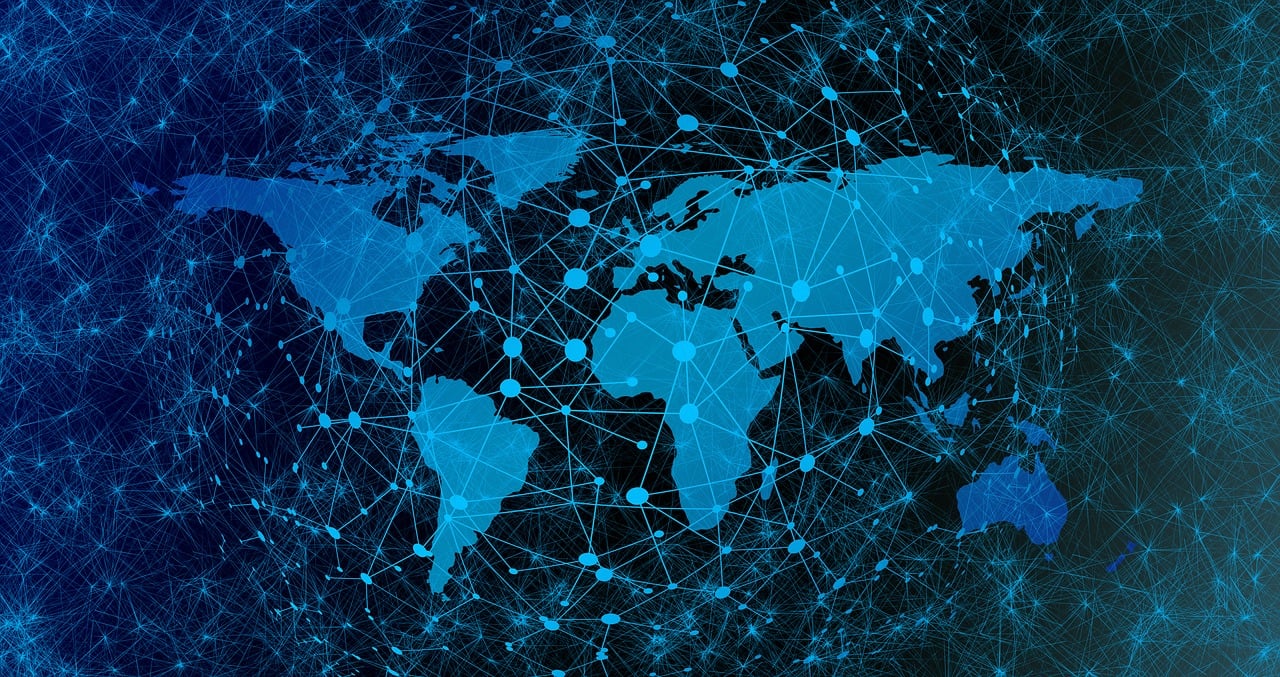Title: An Analysis of the Anomalies in Coaxial Cable Network Communications
Coaxial cable network communications have become an essential part of modern communication systems. However, anomalies in these communication networks can lead to various issues such as decreased signal quality, reduced bandwidth, and system failure. This paper aims to analyze the anomalies present in coaxial cable network communications and their potential causes. Through a comprehensive study of existing literature, this paper identifies several key factors that contribute to these anomalies, including cable damage, connector problems, and environmental factors. Additionally, the paper explores various techniques for detecting and troubleshooting these anomalies, including monitoring tools and specialized equipment. By identifying the root cause of these anomalies and implementing effective troubleshooting strategies, coaxial cable network communication systems can be improved and maintained to ensure optimal performance and reliability. Overall, this paper provides valuable insights into the challenges faced by coaxial cable network communication systems and offers practical solutions for addressing these challenges.
In today's digital age, communication networks play a pivotal role in connecting people, devices, and services. Coaxial cable network communications have been widely adopted due to their superior performance and cost-effectiveness. However, like any other technology, they are not immune to issues that may arise and disrupt the normal functioning of the network. In this article, we will explore the complexities surrounding the anomalies in coaxial cable network communications.

Coaxial cable is a type of cable composed of three layers: an inner conductor, a plastic insulation layer, and an outer conductor. It is commonly used in television, cable modems, and other communication systems due to its ability to transmit signals over long distances without attenuation. However, despite its advantages, coaxial cable networks can experience various types of anomalies that can affect the quality of the transmitted signal.
One common issue in coaxial cable network communications is interference. Interference can occur when two or more signals are transmitted on the same frequency but at different powers. This results in a mixing of the signals, leading to distortion and reduced signal-to-noise ratio (SNR). Interference can be caused by various factors such as electronic devices, power sources, and even natural phenomena like lightning strikes. To mitigate interference, network designers use techniques such as frequency hopping or channel bonding to spread the signals across multiple channels or frequencies.
Another issue that can impact coaxial cable network communications is noise. Noise is unwanted signal energy present in the transmission channel that can interfere with the desired signal. Noise can be caused by a variety of factors, including electromagnetic interference (EMI), radiofrequency interference (RFI), and physical hazards such as dust particles or moisture. Noise can reduce the SNR and make it difficult to detect or understand the intended signal. To combat noise, network engineers use advanced filters, amplifiers, and denoising algorithms to clean up the signal before it reaches the receiver.
Anomalies in coaxial cable network communications can also result from component defects or improper installation. For example, if the insulation on the cable is damaged or missing, it can allow electrical signals to leak into adjacent channels, causing crosstalk between the channels. Crosstalk can degrade the quality of the transmitted signal and lead to errors in data transmission. Similarly, if connectors or adapters are not properly connected or tightened, it can cause loss of signal or voltage imbalance, leading to further degradation of the communication system. To prevent these types of issues, network technicians must follow rigorous installation guidelines and conduct regular maintenance checks on the cables and components.

Finally, environmental factors can also affect coaxial cable network communications. For instance, changes in temperature or humidity can cause the介质 inside the cable to expand or contract, affecting the signal transmission properties. Additionally, exposure to sunlight or extreme weather conditions can cause the connectors or adapters to oxidize or corrode, leading to connection problems. To address these challenges, network planners must consider the local climate and geography when designing communication systems and regularly monitor the performance of the network to identify any potential impacts of environmental factors.
In conclusion, while coaxial cable network communications offer many benefits, they are not immune to anomalies that can disrupt their normal functioning. By understanding the various types of anomalies that can occur and implementing effective strategies for prevention and mitigation, network designers and operators can maintain high-quality communication services for their users. As technology continues to evolve, it is likely that new challenges will arise in coaxial cable network communications, requiring continuous innovation and adaptation to ensure reliable and efficient communication networks.
Articles related to the knowledge points of this article:
Serial Port Communication Cables: Understanding Their Importance and Application
RS232 Communication Cables: A Technical Overview
Title: Safety Precautions for Communication Cables in Coal Mines
The Difference between Telecom Cable and Communication Cable
Title: Top 5G Communication Cable Brands: A Comprehensive Guide
Title: The Evolution of Mobile Communication Cables: A Journey Through Time